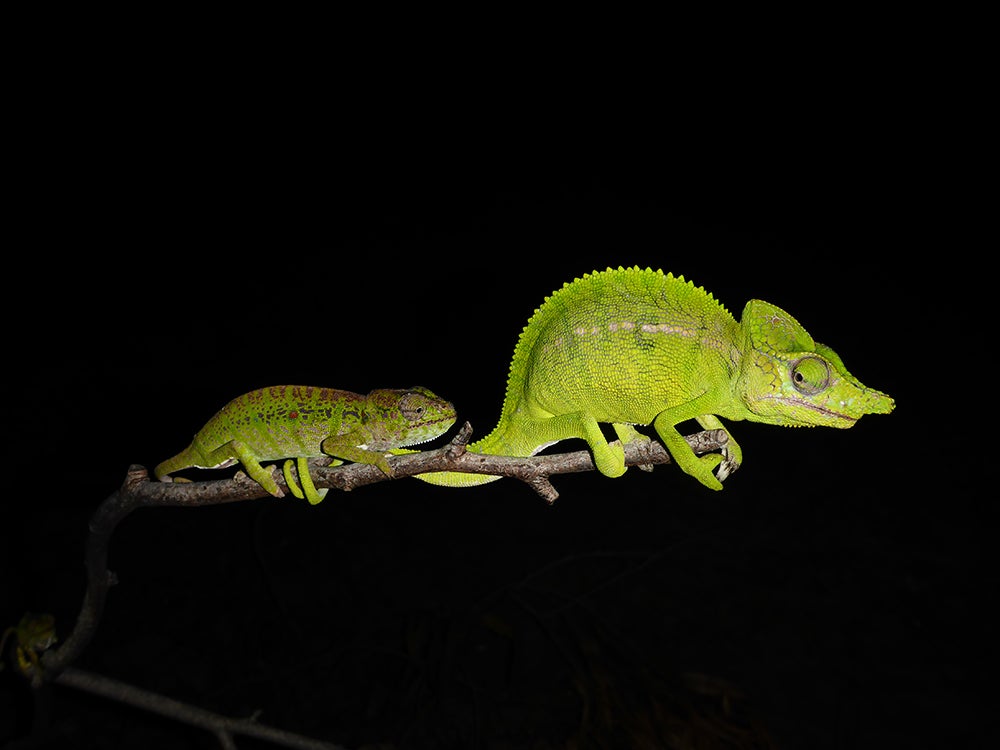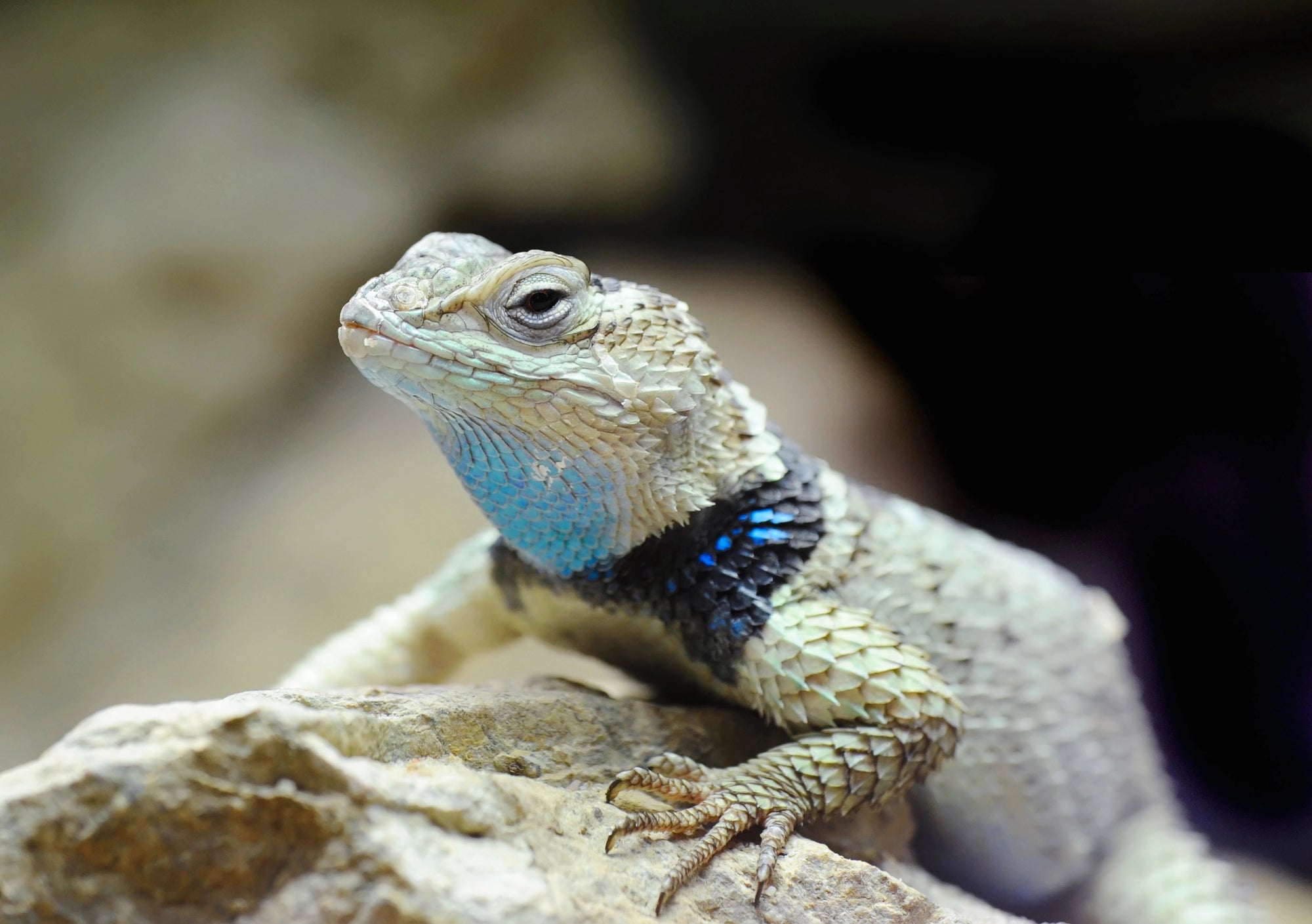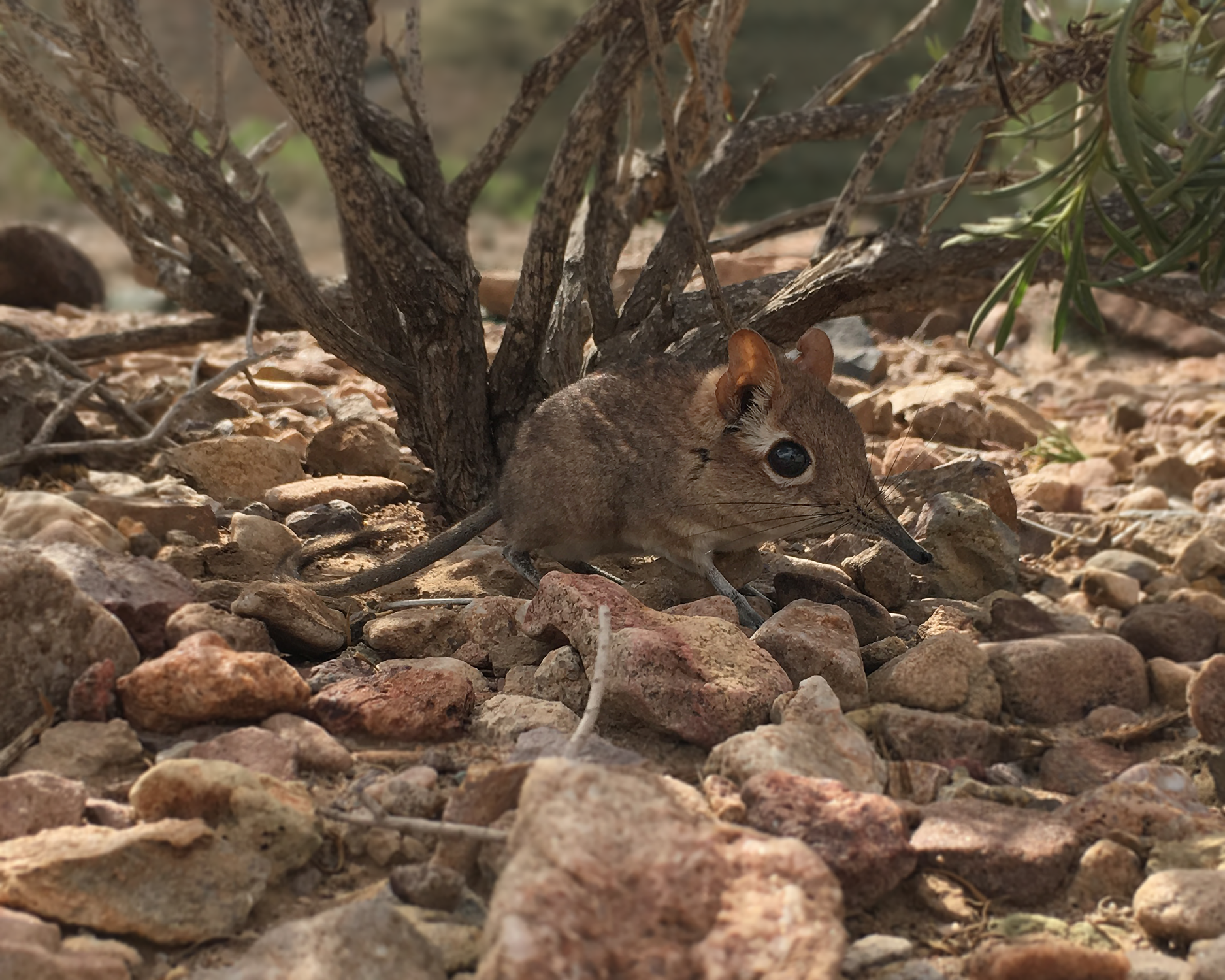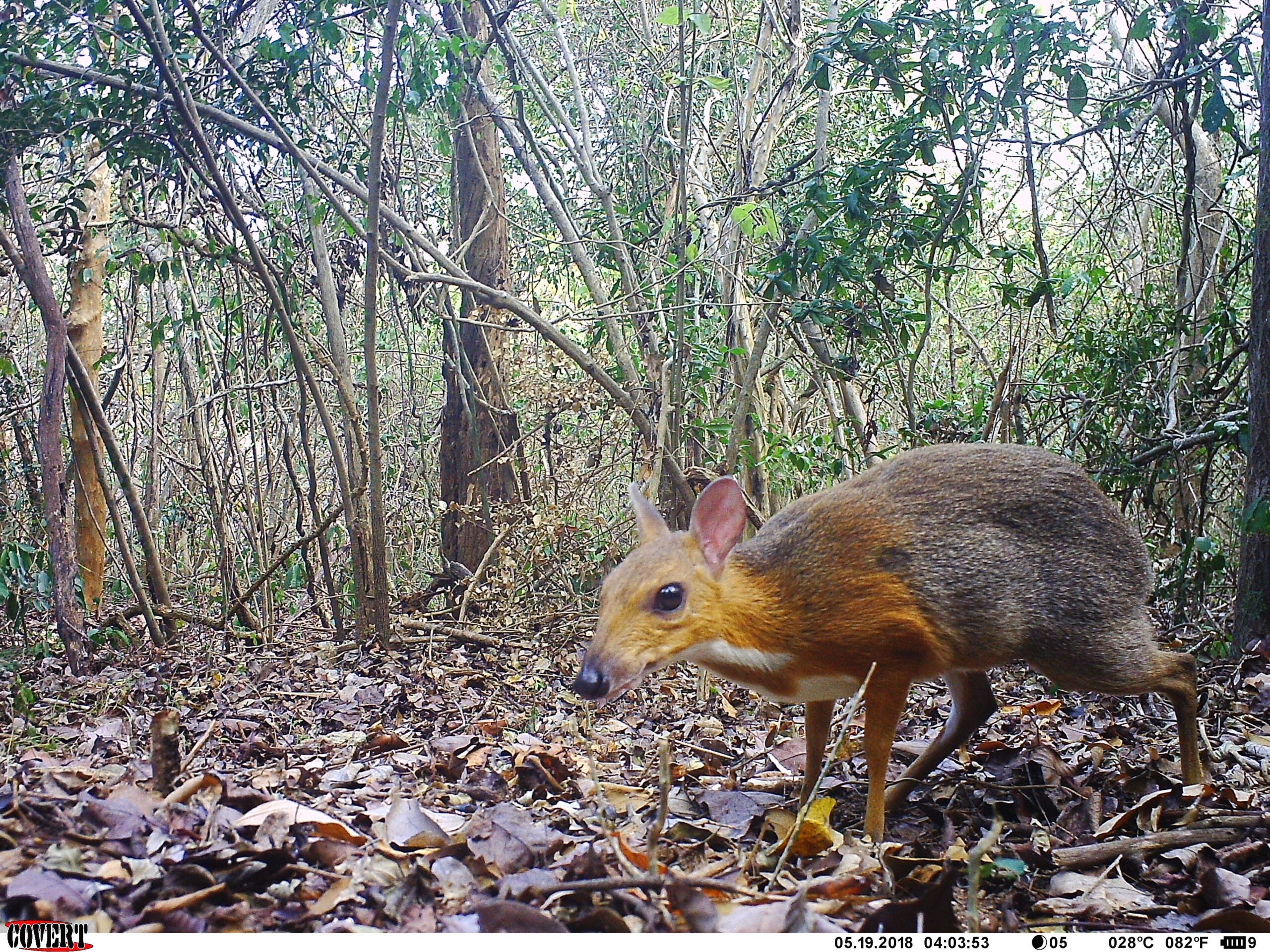The plants and animals living in critical swampland or dwelling in dark caves can often get left behind by conservation efforts. Humans generally consider these organisms as less charismatic than other species that benefit from large awareness campaigns.
[Related: Wetlands lose some environmental protections in new Supreme Court ruling.]
“When we generally talk about charismatic animals, we think of the poster children, so to say. Pandas, tigers, elephants, usually large mammals,” Christina Biggs, a biologist from conservation foundation Re:wild, tells PopSci.
Focusing on the ‘under frogs’
Earth is facing a sixth wave of mass extinction that threatens all walks of life, charismatic or not. To help save them, Biggs is the lost species manager for Re:wild’s Search for Lost Species project, an initiative that is looking for 2,200 lost species across 160 countries. Since 2017, it has documented 12 of their 25 most wanted lost species. It’s timely work, as over 20 species were removed from the endangered species list due to extinction last year.
“We tend to focus on what we call the ‘under frogs,’ the things that are not as commonly studied,” says Biggs. “Everything that lives in an ecosystem is charismatic and plays a role that then supports the health of that entire area.”

These smaller, slimy, scaly, or scary creatures often don’t get the same amount of conservation attention and care from humans. Our species has an evolutionary bias to fear many of them for our own safety. These organisms then don’t get the same levels of awareness that they deserve or need, and that attention is critical for rediscovering lost or extinct species. Originally a marine biologist, Biggs admits that she has had to overcome her own biases when asked to crawl into caves in Madagascar and look at some of the animals living there.
“You then stop and apply logic, and you think that’s why I’m here. I’m here to do these discoveries,” says Biggs.

Losing more than we are rediscovering
Biggs is a co-author of a study published January 17 in the journal Global Change Biology compiled a catalog of tetrapods–animals with four limbs–that were once considered lost to science, but were later rediscovered. Scientists consider a species lost if they have not been observed in the wild for over 10 years despite being searched for by scientists and citizen scientists alike. A rediscovered species is one that has been lost for at least a decade before being found. These rediscoveries sometimes happen by accident, such as the pygmy blue-tongue lizard, but they primarily come from extensive time in the field.
[Related: Elusive egg-laying mammal caught on camera for the first time.]
“We are losing tetrapod species more rapidly than we are rediscovering them,” study co-author and Free University of Berlin conservation scientist Thomas Evans tells PopSci. “So the number of lost species is increasing decade-on-decade. Not good news.”

According to Evans, lost species tend to be highly-threatened with extinction and have small populations. To create the lists for the study, the team worked with experts from the International Union for Conservation of Nature (IUCN) based in different countries around the world and focussed on lost and rediscovered tetrapod species (birds, amphibians, reptiles, and mammals and reptiles). They identified more than 800 lost species and collected as much data as possible on what factors might help scientists rediscover them. Those variables included body size, whether their habitat is more isolated, and their relationship with human activities.
Rediscovery can lead to successful conservation
Developing appropriate conservation methods for these species is important for saving them, but that can be incredibly difficult if scientists don’t know where a specific species might be living.
[Related: How we can help the most endangered class of animals survive climate change.]
“Lost tetrapod species are a global phenomenon. About a quarter of lost bird species haven’t been seen in the wild for over 100 years,” says Evans. “Lost mammal species are on average three times heavier than rediscovered mammal species–these large, conspicuous lost species should probably have been rediscovered by now. They might be extinct.”
One of the study’s primary messages is the importance of paying attention to these less charismatic species that live in some hard to reach places. The team believes that more attention should be paid to amphibians and reptiles and that they deserve more conservation attention.

A study from October 2023 found that two out of five amphibians are threatened with extinction and they continue to be the most threatened class of vertebrates. However, the same research found that the extinction risk of 63 species has been reduced due to conservation interventions made since the 1980s that can still work today.
“When you start focusing attention and putting money behind things, it’s possible, it’s doable,” says Biggs. “It’s a great story of hope, because we are in the middle of this extinction crisis. Anything we could do to stave off those extinctions is really important.”





